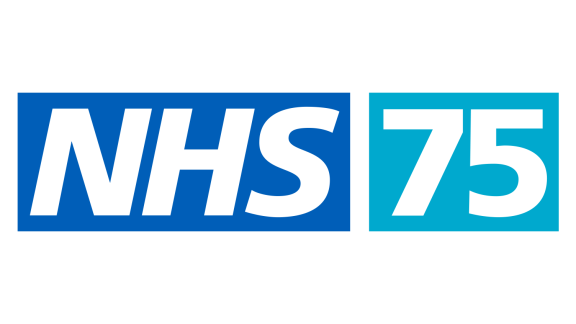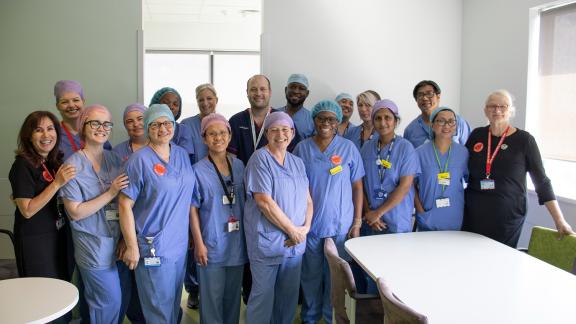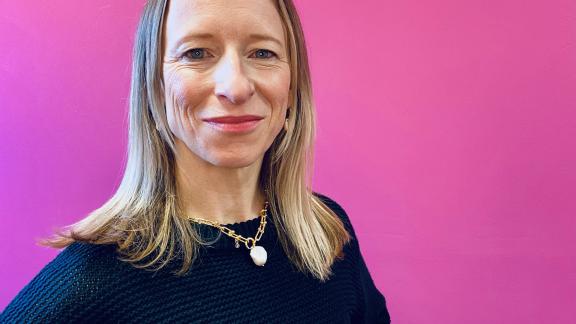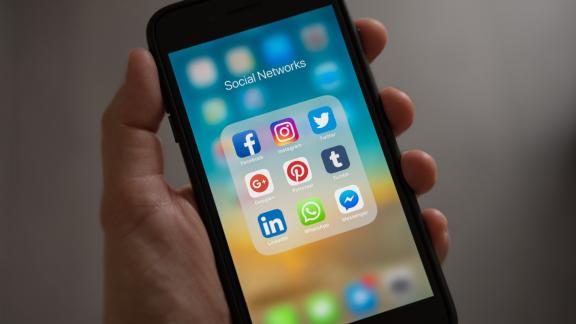Live tweeting from Bolton's emergency department
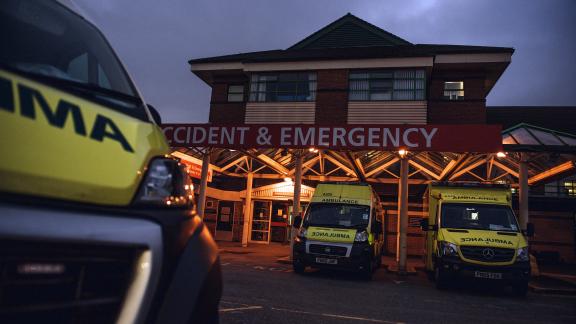
Matt Baker, communications manager at Bolton NHS Foundation Trust, explains what he and his team did to share via Twitter what happens in the trust's emergency department over the course of a day.
The background
Like other trusts, Bolton NHS Foundation Trust is struggling under the pressures of winter alongside the continued effects of the pandemic.
Our winter campaign, in partnership with Bolton CCG, called Think Twice, aims to change public behaviour by ensuring people use the right health service for their needs. It will no doubt be similar to campaigns you’ve seen before. It has good graphics, clear messaging and has achieved media pickup. But we know that telling stories is a great way of helping people understand what’s happening so thought we should bring the two together.
We wanted to open the door to the heart of the action, showing clearly why we’re saying the same things yet again.
Before
We’ve wanted to do this for a while but for various reasons, the timing just hasn’t been right. However, hearing about the pressure our staff were dealing with day in, day out, gave us the overwhelming desire to do whatever we could to help make a difference.
When I was at Greater Manchester Fire and Rescue Service we live-tweeted Bonfire Night to show how busy the service was and to share key messages to effect behaviour change. It works well there, so why not try it here?
We knew that some colleagues may be cautious and need to know we had a strong plan, so we worked with Imran, our urgent care lead, to whip up a short paper that showed we’d considered every eventuality.
It detailed:
- aims and plan
- main topics to cover
- what we needed from execs and staff
- risks and mitigations
- tweet mockups
- the plan post-event.
We then drew up a rota for the comms team, created briefing sheets for staff in the department and posters for the public and asked our Business Intelligence team to provide statistics around A&E to help give context. Agreeing a date proved the trickiest part of planning.
The wider picture meant we needed to do this urgently, as our A&E has been ridiculously busy since July. However, staffing levels caused worries that there wouldn’t be adequate support for us. Once we were set, we gave the heads up to local, regional and national partners.
During
Posters were up up by 8.45am, then after sending out our first tweet I met with Imran and our point of contact for the day, operational business manager Scott, and took part in the first of four bed meetings. These meetings proved invaluable to give the context of the wider hospital situation and why we couldn’t move people out of A&E.
The key info was shared in our WhatsApp and MS Teams channels so we all had the context and allowed whichever person on shift to use as they wished. Our entire comms team spent at least an hour's shift in A&E, which allowed us all to continue with our usual work but also made sure we were all involved.
As always in a team, everyone had a different perspective to bring. Some focused on patients, others on paediatrics, our staff, ambulances, on stats, or on reception. Using staff and patient voices from the department helped make the day so much more authentic, as staff could convey their emotions and patients could highlight both their experiences and thanks for staff. These quotes gave a real human edge and brought the piece to life.
We also got in touch with our local and regional media, scheduling in broadcast interviews and receiving areas to focus on requests from print journalists. Our physical presence in the department ended at 7pm, with our tier one point of contact providing half hourly updates so we could finish at home with a roundup and final key messaging by 10pm.
Afterwards
Feedback internally has been excellent. Colleagues feel we covered the day genuinely, were happy to have the spotlight on them and glad we were trying to help stem the non-stop influx of patients. Execs were delighted with the day and in particular tone we struck – the right balance between ‘please don’t just come to A&E’ and ‘we will do our utmost to help you’.
Externally, we’ve had coverage from regional print and broadcast media as well as very good organic pickup on social. It is too soon to say whether we’ve affected behaviour change, but we will be monitoring our data.
What's next?
This day has reinforced the importance of the human story for us and the need for easily accessible, simple but effective comms. We’ll be applying this to other areas of the trust, sharing the spotlight love out and highlighting the expertise and level of care available for our community.
